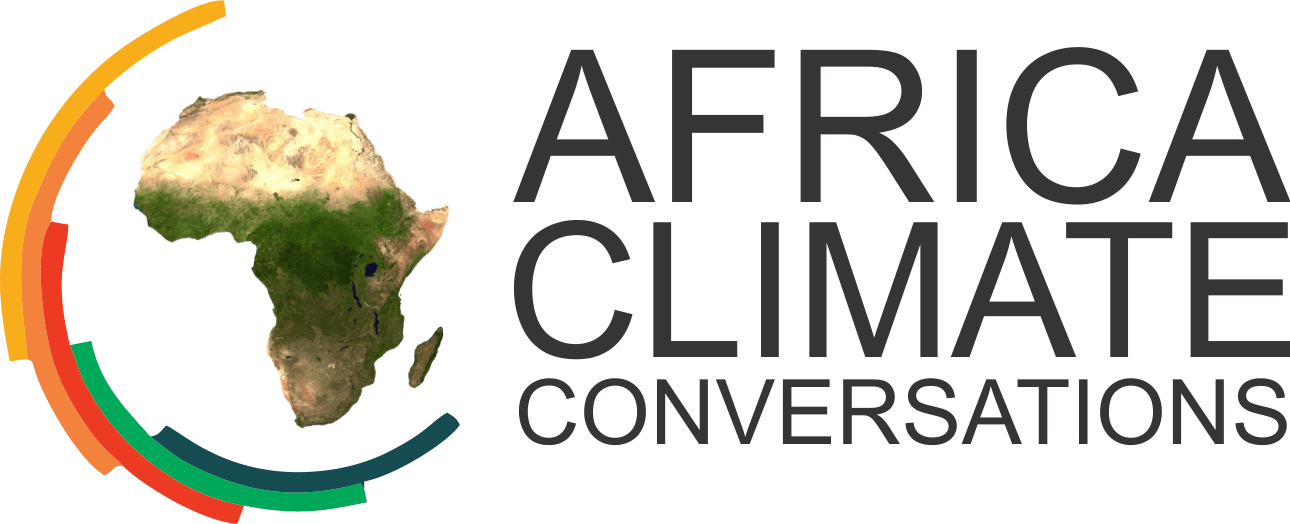
When extreme events happen, they leave a trail of loss and damage that is both economical and non-economical.
It’s beyond any reasonable doubt that the climate has warmed. Scientists warn that the global temperatures have hit 1.2 degrees Celsius above pre-industrial levels. The extreme events such as drought, floods, cyclones, tropical storms, and forest fires are indicators that truly human activities has pushed the global temperatures way high with their intensity, frequency and scope increasing globally
Also listen to how a family wrecked by Landslide, and no place to call home three years on.
In Kenya’s Baringo County 22 schools have either been wholly submerged or destroyed following the swelling of Lakes Baringo, Bogoria, and lake 94. Jacob Chepkwony, the Baringo County deputy governor, says the county requires nearly 550 million shillings that is nearly a 4.5million US dollar for the education sector to recover.
Chepkwony says the administration challenge now is balancing resettling the displaced and achieving the development goals the administration has set to achieve. But for a continent responsible for about four percent of the global emissions, and heavily susceptible to rising temperatures, who pays for these disasters in the future?
